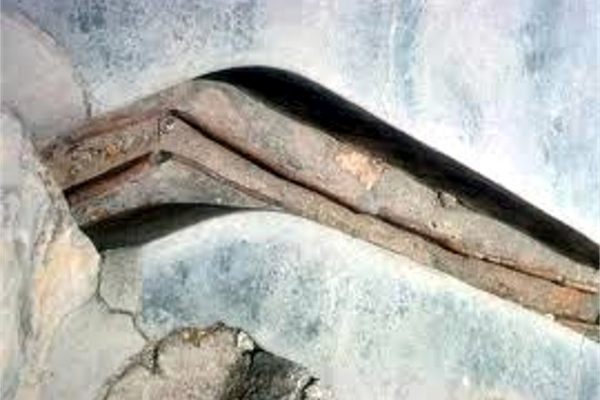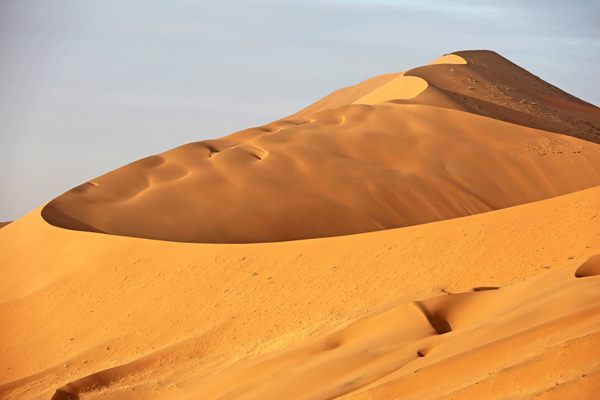About
The arid, sandy landscape of Goblin Valley is teeming with naturally artful, strange rock formations that come together in an intricate display of geological history.
Visitors are welcome to wander through the labyrinth of rock creatures, and feel the bizarre, ominous vibes of the goblins. The hoodoos of Goblin Valley are mushroom-shaped sandstone rocks with heights up to 50 feet. Hoodoos are typically formed in dry, rocky areas. Their shape is due to the inconsistency of hardness of the sandstone. The top of the stone is typically harder than the bottom, protecting its foundation from elemental erosion. Wind and water eroded these giant sandstone rocks over many years. The result is an army of unique hoodoo goblins.
Animals and plants are scarce in Goblin Valley because of the lack of water and food. However, the rocks, coves, and hundreds of miles of dirt roads are enough to keep any visitor awed and entertained. The valley floor is comprised of bedrock. Because of a deficiency of soil and vegetation, water is not absorbed into the ground and rainfall results in flash flooding. Also, due to the dryness and humidity, lightning often ignites wildfires in the valley.
The goblin valley was first discovered by cowboys but its significant discovery was in the 1920s by Arthur Chaffin. In 1949, Chaffin returned to explore the spectacular location and named it Mushroom Valley. The area was claimed by the state of Utah, and officially named a state park on August 24, 1964. A key scene in the movie Galaxy Quest was filmed in the valley.
Related Tags
Know Before You Go
- 24 miles south of I-70 on Highway 24, turn at Temple Mountain junction, follow signs 12 miles to park.- 20 miles north of the town of Hanksville on Highway 24, turn at Temple Mountain junction, follow signs 12 miles to park. (from State Park website)
For amazing free camping near Goblin Valley State Park, head to Little Wild Horse Canyon. You'll find slot canyons and cool hikes there as well.
Community Contributors
Added By
Published
May 29, 2013









































































